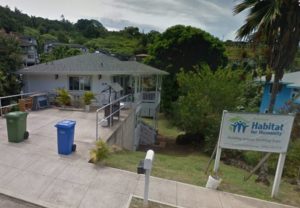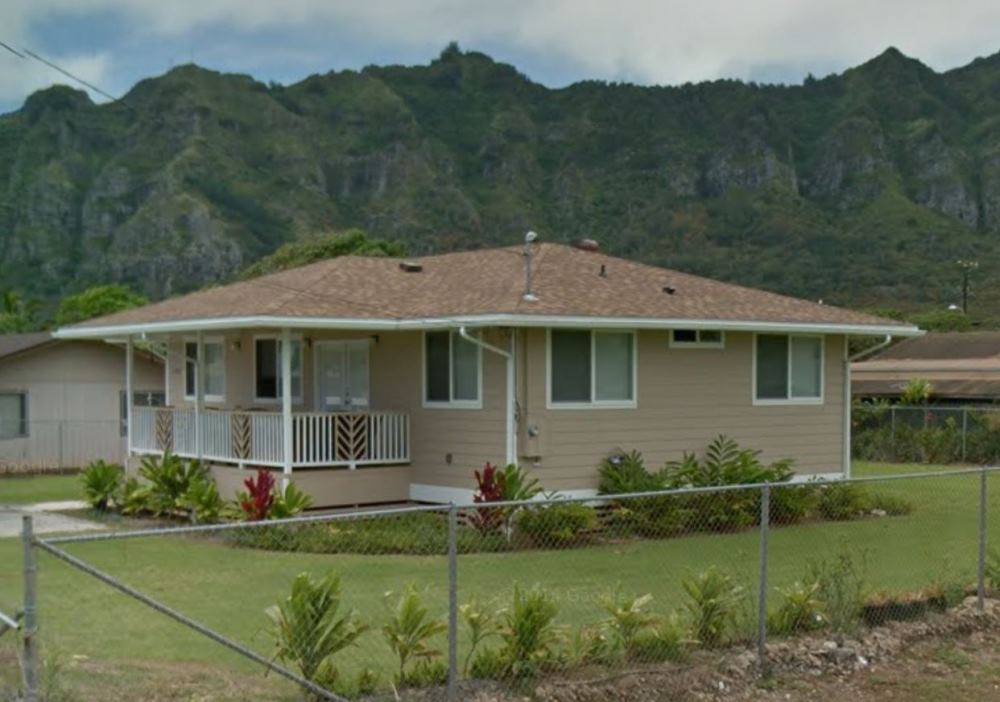The primary responsibility of a Professional Engineer, according to the National Society of Professional Engineers (NSPE) Code of Ethics, is to “hold paramount the safety, health, and welfare of the public.” Going beyond this basic responsibility to protect the public, the NSPE Engineer’s Creed encourages engineers to contribute their “professional knowledge and skill to the advancement and betterment of human welfare.” There are many ways to become involved in rewarding community service efforts to achieve this goal. Some of the volunteering opportunities I have had include emergency inspection of earthquake-damaged buildings, serving on professional association boards, and judging science students’ bridge design competitions. As a Hawaii resident, perhaps the most fulfilling service work I have been involved with has been pro bono design work for the Native Hawaiian community.
Paradise Lost?

Many people consider Hawaii to be a paradise. However, it is not without its blemishes. Hawaii has the highest cost of living and the worst homelessness rate in the United States. An increasing number of Native Hawaiians are finding that they are being priced out of their ancestral homelands. Among the many organizations that are working to help with these issues are Honolulu Habitat for Humanity (HHH) and the Department of Hawaiian Homelands (DHHL).
Honolulu Habitat for Humanity’s vision is “a world where everyone has a decent place to live.” To achieve this goal, HHH provides low cost loans and volunteer assistance to build homes for families in need. In return, the home recipients must provide 500 hours of “sweat equity” for their own and other HHH projects. The biggest stumbling block for many Native Hawaiians who might benefit from this program is that they must already own the land to build on. With the high cost of real estate in Hawaii, purchase of land is not a possibility for many Hawaii residents. This is where the Department of Hawaiian Homelands has been able to assist. Enabled by the Hawaiian Homes Commission Act of 1920, DHHL provides long-term, low-cost leasehold land for homesteading by Native Hawaiians.
With HHH providing the buildings and DHHL providing the land, a solution would seem to be in sight. However, the properties that are available for development are often less desirable lots that are difficult to build on without infrastructure that requires design by a Professional Engineer. Also, there can be a myriad of government regulations that are challenging for volunteer laymen to navigate. Therefore, the assistance of a Professional Engineer can be critical to the success of these projects.
Paradise Regained

A fellow Professional Engineer who had served on the board of Honolulu Habitat for Humanity, asked me to assist with projects that required the services of a Structural Engineer. He explained that two families in the Native Hawaiian Homesteads of Papakolea and Waimanalo had been approved for Habitat projects to rebuild dilapidated homes but were waitlisted due to structural and permitting issues. In the meantime, the families were forced to choose between living in potentially unsafe conditions or face the possibility of becoming homeless. I was able to provide the structural engineering for the houses and retaining walls and also the special inspections required during construction. During the course of the project, I also met and worked with dozens of great people who volunteered their time and hard work to improve their community. It was a very rewarding experience for all of us to be able to help friends and neighbors regain their piece of Hawaiian paradise. I would like to join NSPE in encouraging all Professional Engineers to seek out service opportunities where we can use our unique skills to help make a difference in our communities.


